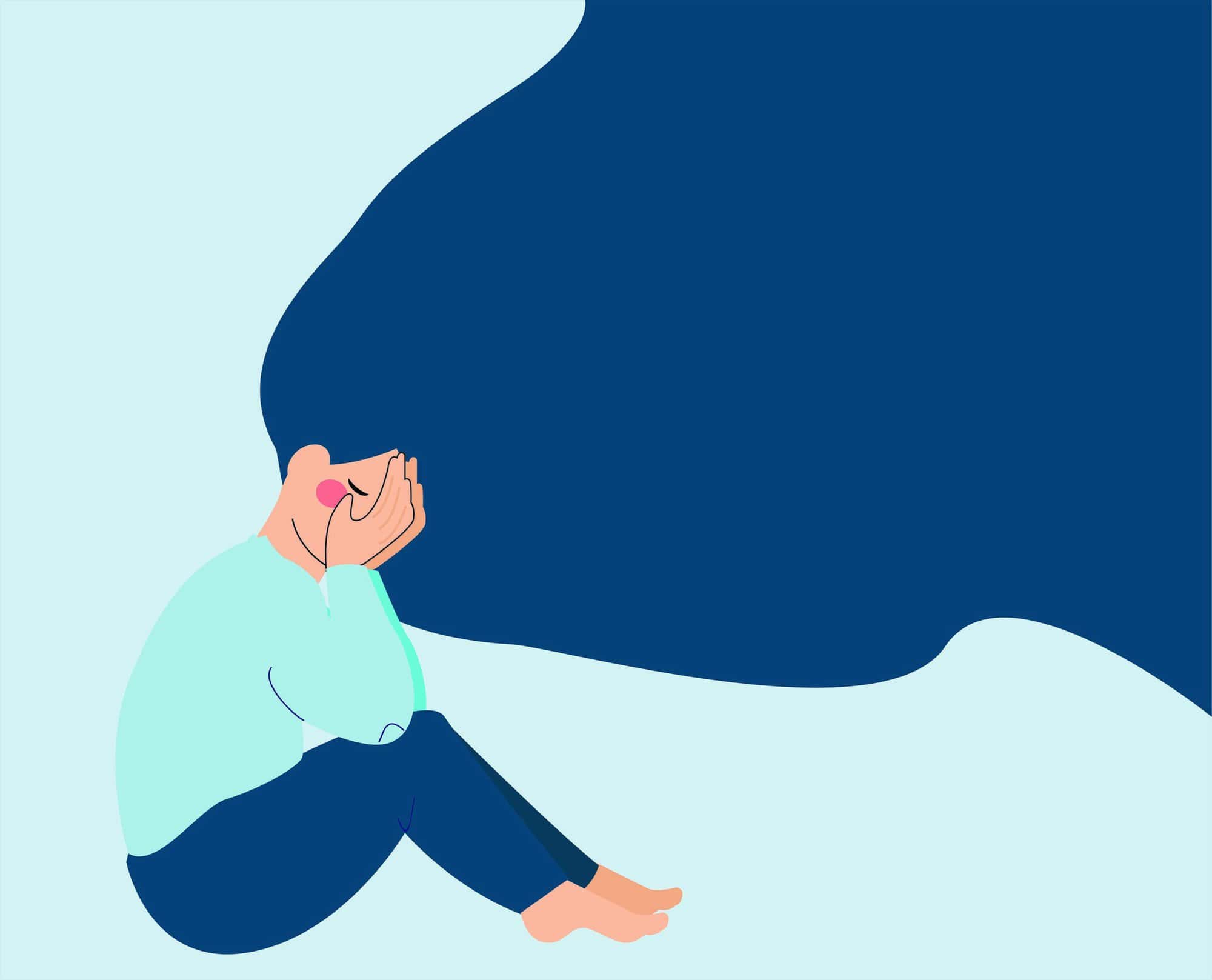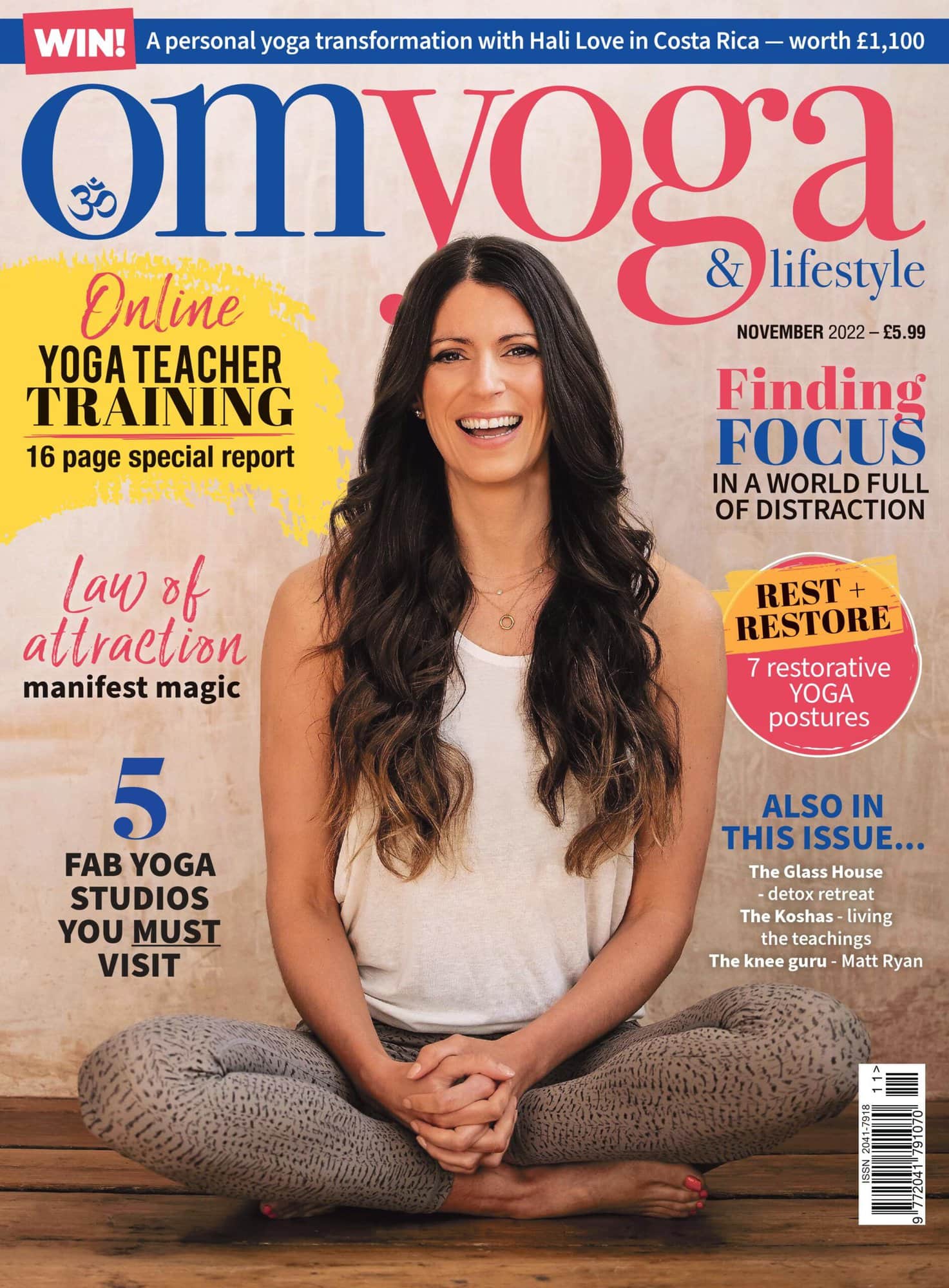
Staying grounded in times of stress
5 ways to support yourself and your nervous system during times of stress. By Paula Hines
The impact of the pandemic, the lockdowns, and other events globally since 2020 has been tough on our nervous systems. Add on top the stressors many of us find coming our way in our lives day-to-day and is it any wonder that we can feel overwhelmed by stress?
It’s important to acknowledge that sometimes you will find things challenging because they are challenging, and it’s nothing to do with you or your ability to cope. That said, having ways to resource ourselves is incredibly important, as when stress becomes chronic and is left unaddressed it can lead to greater problems down the line, playing a part in negative health outcomes. Here are five simple suggestions for supporting yourself and your nervous system:
Face Down Relaxation Pose (Adho Mukha Savasana)
To get into this grounding restorative yoga pose, lie face-down on the floor or your bed. Place one hand on top of the other and rest your forehead on the back of your hands. Your feet can be hip distance or wider. For extra comfort, place one or two pillows (you may need two pillows stacked on top of each other if they’re very thin) where your feet will be when you lie down. Place your lower legs on your pillows so that your feet gently drape over the edge and your toes point down. For extra comfort you may also wish to place a folded blanket over your hips and lower back. Rest here for 5 to 10 minutes.
Legs Up The Wall (Viparita Karani)
Sit on the floor or your bed with one hip alongside the wall. Carefully swing your legs and feet up onto the wall.
For tight hamstrings: kneel as close to the wall as possible with your back facing it. Lean your upper body forward and carefully roll onto your back, swinging your legs and feet up onto the wall.
For extra comfort, place a blanket on the surface your back and sacrum (back of the pelvis) will be resting on. You may wish to elevate your hips slightly by placing a pillow close to the wall. Have another pillow or cushion within your reach for head support. Alternatively, if you don’t have access to wall space you can practice with legs on a chair. Allow yourself to rest here for 2 to 10 minutes.
1:2 Breathing
This is one of a number of breathing practices that have a been shown to be particularly helpful for soothing the nervous system and easing feelings of anxiety.
Aim for your exhale to be twice as long as your inhale. If you find it helpful to count then this can help guide you. For instance, if your inhale lasts for a count of four, let your exhale last for a count of eight. If this feels too much for your breath capacity then start lower with an inhale for a count of two and an exhale for a count of four. Each time you inhale, visualise the breath moving all the way to the base of your lungs, encouraging diaphragmatic breathing and moving away from breathing just into the chest (shallow breathing). Use this practice whenever you need to. After a while it will become second nature.
5, 4, 3, 2, 1
This is an effective, yet simple grounding practice that can be helpful if you are experiencing a racing mind, or the anxiety of feeling overwhelmed. This technique allows you to use your senses to guide you back to the present moment. Here’s how to do it:
Begin by guiding your awareness to your breathing. Allow your inhale and exhale to be steady. This may be letting your inhale be the same length as your exhale (i.e. 1:1 breathing or sama vritti) or 1:2 breathing as described above.
SEE 5 things you can see. Look around you. Slowly take in what you can see. For instance, this may be closely observing your hands and the shape of your fingers, the outline of the leaves on a houseplant or the form of an item of furniture. If you are outside or close to a window you might observe the features of a tree, a building or the sky.

TOUCH 4 things you can touch. What is around you that you can touch? This could be noticing the texture of an item of clothing you are wearing or feeling the ground beneath your feet. If you’re sitting at a desk it might be a pen, a computer or the chair you’re sitting on. If you’re outdoors in a green space, it might be a tree or a plant.
HEAR 3 things you can hear. Guide your awareness to sounds in your environment. Focus on sounds outside your body, so rather than say, the sound of your breathing, this could be something like birds singing, traffic or a clock ticking.
SMELL - 2 things you can smell. Examples of this could be noticing any smell in the air or noticing the smell of your own skin. This might also be a particular scent you enjoy such as your favourite essential oil, perfume or aftershave.
TASTE 1 thing you can taste. This might be a lingering taste on your tongue or if you’re not able to taste anything you could think of your favourite thing to taste. Alternatively, think of one positive thing about yourself. Feel free to repeat this 5,4,3,2,1 process as many times as needed.

Free writing
For this all you’ll need is a pen and paper. Free writing can be a helpful tool if you usually struggle with rumination or overthinking. Let your unedited thoughts spill onto the page. What is coming out onto the page doesn’t need to make sense – it could be random words, complete sentences or even images. (Some of us find it feels more natural to draw doodles). You might wish set a timer to write for an allotted time, or decide to write until you fill a page or two.
Alternatively, you might prefer to keep writing until it feels right to stop. Go with what feels right for you. If any of these five practices particularly resonates with you, it’s more likely to be something you’ll stick with over time. Try them for a while and see how you feel.
Find more like this in Rest + Calm: Gentle Yoga and Mindful Practices to Nurture and Restore Yourself (Green Tree, Bloomsbury), the new book by Paula Hines. Connect via Instagram @ucanyoga1




